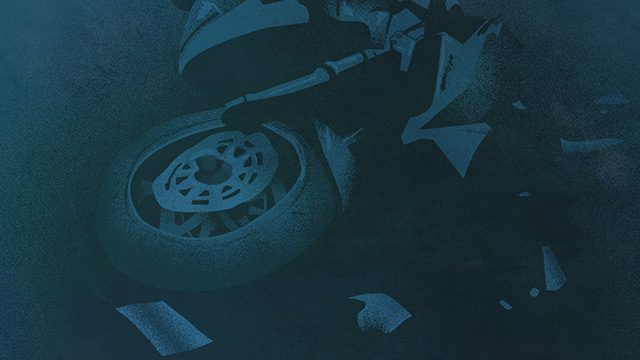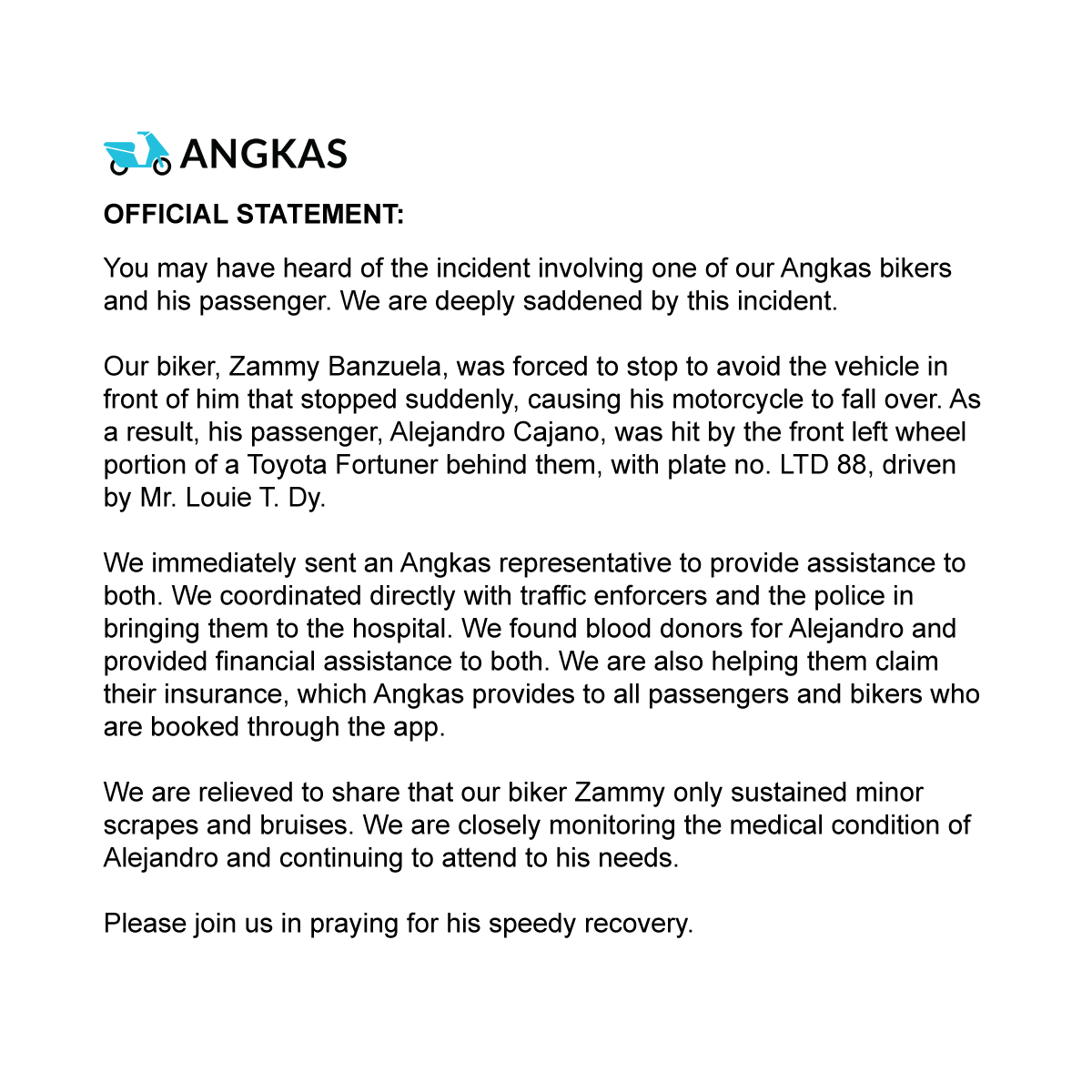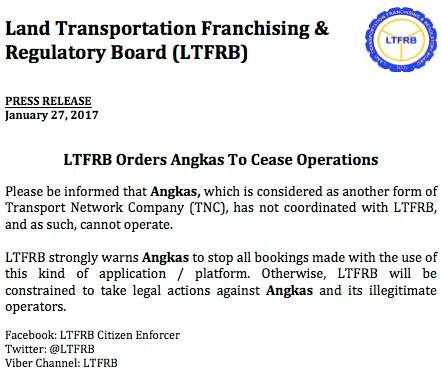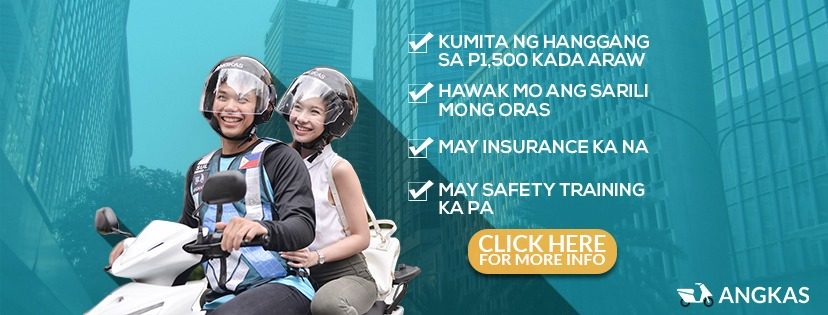SUMMARY
This is AI generated summarization, which may have errors. For context, always refer to the full article.

MANILA, Philippines – Everything turned upside down for 23-year-old Alejandro Cajano on the night of July 15.
By habit, he took a motorcycle ride courtesy of ride-sharing app Angkas on his way home to Makati. That night, however, he figured in a tragic crash that left him in a coma for over 2 weeks now.
It happened near Nagtahan bridge, in the city of Manila, when the vehicle in front of them suddenly stopped, causing Cajano and the Angkas rider or biker to fall to the ground. Before they could recover from the impact of the fall, an SUV behind them hit Cajano.
Following the crash, Cajano sustained brain injuries and was left in a critical condition. Half a month after the incident, he has raked up a huge hospital bill estimated to reach up to P1.1 million.
Convenient service
Tragic incidents like this raise questions about how app-based transportation services are regulated. This was raised during the hearings by a lawmaker who lost his relative in a car crash in Singapore involving a similar transport-based app-service, Uber. (READ: Grieving lawmaker demands Grab, Uber legal accountability)
In its January 2017 press release, the Land Transportation Franchising and Regulatory Board (LTFRB) said that Angkas is “considered as another form of TNC [Transport Network Company]”.
Angkas is registered with the Securities and Exchange Commission (SEC) as a “software application provider, [that] matches users [with] third party service providers like passengers and bikers.”
Just like Grab and Uber, Angkas customers can easily book a ride through their app. Aside from being able to zoom through traffic, Angkas riders also offer cheaper fares. Angkas rides cost P50 for the first two kilometers and an additional P10 for the next kilometer.
Angkas essentially provides its customers with a convenient and cheap way to navigate through the city where mass transportation remains problematic and where traffic jams are a common occurrence.
There is a need to clarify guidelines, however, when questions arise about who foots the bill when crashes happen.
In Cajano’s case, it was Angkas and the SUV driver, Louie Dy, who paid the bills at the Del los Santos Medical Center where Cajano was initially admitted. Cajano’s condition and mounting bills, however, required him to be moved to the Jose Reyes Memorial Medical Center, a publicly-owned hospital.
Because multiple parties are involved (the Angkas rider, Angkas itself, Cajano’s family, and the SUV driver), lawyers have stepped in to mediate the case and settle liabilities.
On July 30, two weeks after the incident, Angkas released an official statement on their Facebook page stating that they have provided financial assistance to both the rider and Cajano.

The family has been grateful to Angkas for its cooperation, especially in terms of financial support.
According to a GMA News report, however, the management of Angkas sent a statement to the Manila Traffic Enforcement Unit saying that the motorcycle rider, Zammy Banzuela, is not their employee.
Angkas described Banzuela as someone with the “access [to] the Angkas App’s booking services [which allowed] him to be matched with passengers who use the Angkas App.”
Accountability issues
Under LTFRB’s Memorandum Circular No. 2004-004, Public Utility Vehicles nationwide are required to have the Passenger Personal Accident Insurance Program (PPAI). In 2015, the Department of Transportation (DOTr) extended the same requirement to Transport Network Companies (TNCs) like Uber and Grab through Department Order No. 2015-011.
Things are more complicated for Angkas, however, compared to the situation of other TNCs.
For one thing, existing transport regulations do not consider motorcycles and tricycles as PUVs. By extension, motorcycles are also not included in the type of vehicles operated by TNCs according to LTFRB guidelines.
Therefore, although the LTFRB considers Angkas a TNC, the agency has not accredited it and has even ordered it to stop operations in January 2017.

The issue becomes even more of a concern given that motorcycle riders are the most vulnerable groups to road traffic crashes in the Philippines according to data from the World Health Organization.
Riders may be sanctioned
Because regulations are murky in this area, it is unclear what sanctions might be imposed on Angkas when crashes arise.
The Land Transportation Office (LTO), which has jurisdiction over the registration of motorcycles, said that it can only impose sanctions on Angkas riders in the meantime, according to an Inquirer report.
In its Facebook page, Angkas promises to ensure coverage for both the biker and passenger. This insurance policy covers up to P 200,000 according to an Angkas employee.
Riders and passengers who figure in crashes can claim the insurance after 15 days of confinement with complete hospital documents.

To ensure the safety of both passengers and bikers, Angkas spokesperson Walter Wong said they make sure their bikers are professionals by conducting background checks and by making sure that motorcycles are in good condition.
Angkas also said it requires biker applicants to pass through an obstacle course examination to ensure that they are well trained. Aside from this, they also conduct seminars and service training on how to handle passengers.
When asked about this issue, Wong replied, “We want to provide a safe, accountable, and professional service to passengers whose needs are currently not being met. In the absence of a clear policy, habal-habal continues to proliferate but without any professionalization or safety measures in place.”
He added, “So we welcome regulation of our industry to raise the standards for this type of service. When Grab and Uber started, car-hailing was also a new and unregulated industry that faced the same challenges as us. Today, it’s acknowledged that they provide a lot of value to commuters. We believe it’ll be the same for us.” – Rappler.com
Add a comment
How does this make you feel?
There are no comments yet. Add your comment to start the conversation.